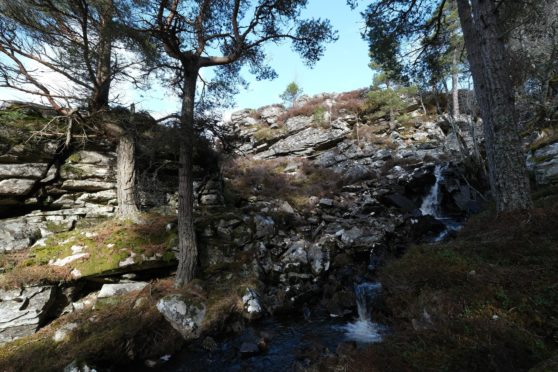
A public appeal has been launched calling for stories to help uncover Scotland’s illicit whisky past.
Archaeologists and historians from conservation charity, the National Trust for Scotland (NTS), are looking for any information concerning whisky production in the 18th and 19th century.
The stories will be used to inform the Pioneering Spirit project – a partnership between the Trust and The Glenlivet that will highlight the impact that Scotch whisky production has had on Scotland’s cultural heritage, from its local community distillation through to the regional, and international, movement of both products and people.
The early story of whisky in Scotland, from the 18th century onwards, largely went un-documented due to illegal production and smuggling.
There are around 30 known illicit still sites on Trust owned properties, including Mar Lodge, Torridon, Kintail, Ben Lomond, Ben Lawers, Glencoe and Grey Mare’s Tail.
The NTS is now appealing for any stories about whisky making, smuggling and drinking to get a bigger picture of the history of distilling across Scotland.
The appeal comes as fieldwork for the project was unable to go ahead due to Covid-19 lockdown restrictions.
Arran’s secret past: Island’s illegal whisky history explored in new book
Planned archaeological excavations to reveal illicit stills and forgotten bothies have been limited and the charity hopes that individual stories can help move the project forward.
Derek Alexander, Head of Archaeology at the National Trust for Scotland, said: “The archaeology of whisky in Scotland is fascinating and is rooted in the landscapes, in the tangible remains of still sites, and often features in local stories and traditions, and from placenames.
“Through archaeological investigation, we’re learning more about how illicit still sites at Trust properties were used and the history of local whisky production.”
Daniel Rhodes, the Trust’s archaeologist responsible for Mar Lodge said “We’d like to discover who was producing the whisky and how it was being made? Was it being smuggled out of the region and sold illegally?
“There must be hundreds more illicit whisky making bothies that remain as yet unrecorded? There must be loads of whisky related stories are out there and we want to hear them.
“They don’t have to be directly related to a Trust property and can be from anywhere across Scotland.
“Stories passed down through families are really valuable and there will be historical artefacts across the country too – does your great aunt have an old copper pot still sitting in her loft or is there one behind the bar in your local pub?
“Have you spotted the ruins of a well-hidden bothy near burn in a remote location? Is whisky distilling part of your family history?”
If you have any stories or objects, you can email the Trust’s archaeology team at whisky@nts.org.uk.
For more information on the Pioneering Spirit project, click here.

Enjoy the convenience of having The Sunday Post delivered as a digital ePaper straight to your smartphone, tablet or computer.
Subscribe for only £5.49 a month and enjoy all the benefits of the printed paper as a digital replica.
Subscribe